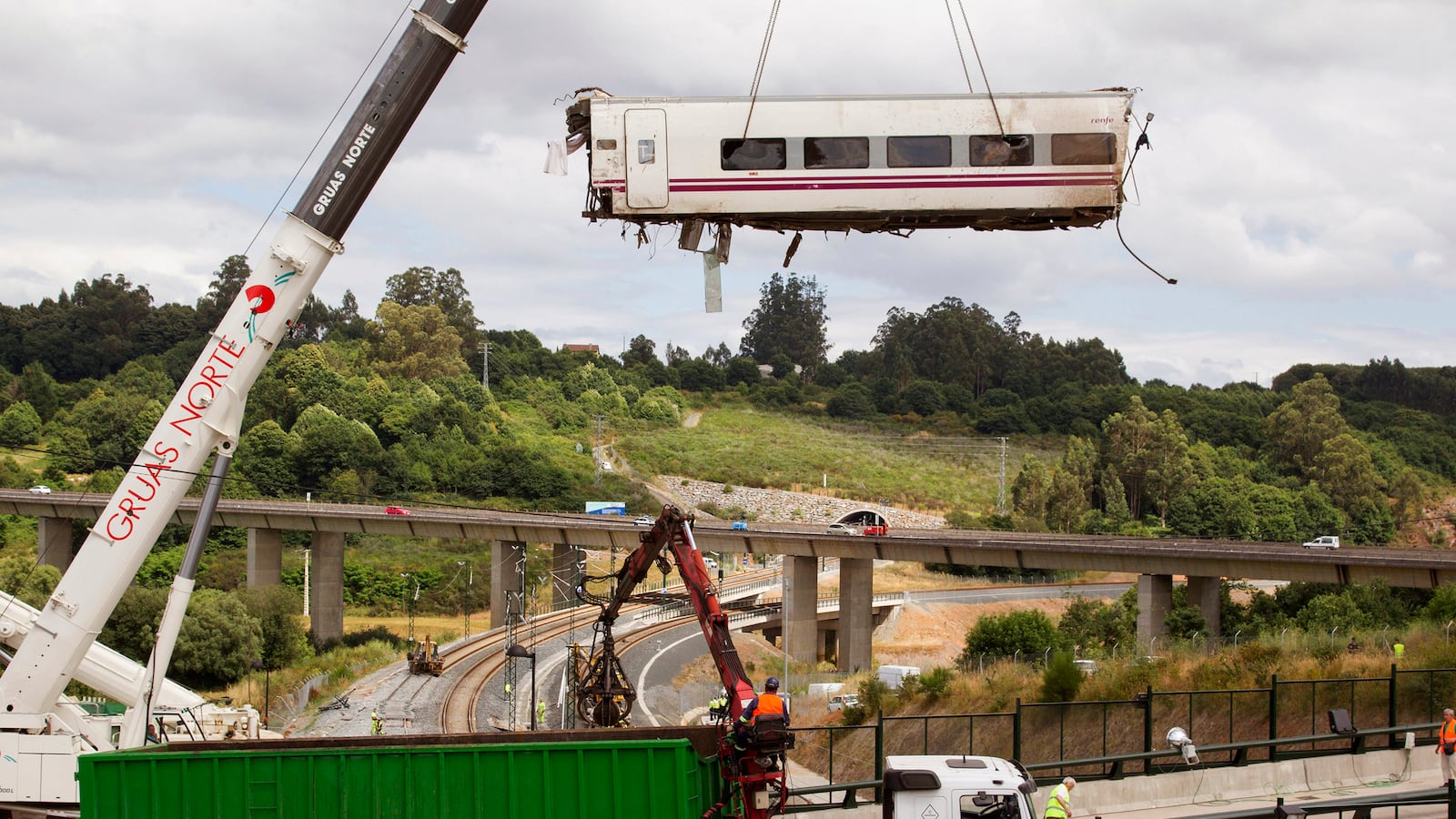In light of recent plane crashes and train accidents, it might seem that heading for the skies or the rails is a risky travel proposition, but, in fact, traveling by car is still the most life-threatening form of travel. Planes, trains, and automobiles: safest, safer, and safe.

The high speed train crash in Spain on Wednesday night, which killed 80 and injured at least 170, is the most recent crash in a seemingly bad summer for rail travel. Just this month, accidents from derailed trains caused more than 40 deaths in Québec, injured more than 70 people in Russia, killed six and injured more than 200 in France, and injured eight passengers in the U.K.
“Train ridership is probably the safest way to travel in the world. But trains can have accidents like any other vehicle,” says Gil Carmichael, the former federal railroad administrator under President Bush and founding chairman of the Intermodal Transportation Institute at University of Denver. “You can design the safety into the system itself. This high-speed crash does not diminish the beauty of moving people by trains and moving freight, too. Big high-speed train systems are much safer than interstate highways.”
In the U.S., many more people die in cars than in trains; in 2011, there were 32,367 deaths from car accidents and 698 deaths from train accidents. However, the most recent data based on a per-million-miles traveled comparison reveal railway travel and car travel to be about equal. And though there are more deaths per million miles on airlines (probably due to the volume of miles flown compared with other modes of transport), the likelihood of dying is far less there. Last year, in fact, was the safest for commercial flights since the 1940s—just 475 deaths around the world. The chances of a U.S. plane passenger dying from a plane crash is about 1 in 45 million flights.
But just how likely is a death by train crash in the U.S.? To figure that out, The Daily Beast pulled data for the last five years from the Federal Railroad Administration Office Safety Analysis to find that an average of 727 people died in railroad accidents in the last five years, or 1.01 deaths per million train miles. Based on the 313.9 million people that live in the U.S., the likelihood of dying from a railroad accident is 1 in 431,800.
But, those odds relate to any sort of accident involving a railroad, including collisions at railway crossings and pedestrian accidents. The odds of dying if you are a passenger in a railway car are significantly lower. According to the National Center for Health Statistics, there were 16 accidental deaths of occupants of a railway train or railway car in 2010 (the most recent year for which data is available). So, the likelihood of dying while actually riding in a train is closer to 1 in 19.3 million.
Of course, that’s just if you’re riding an American rail. In Europe, there were 1,239 deaths in 2011, which equates 1 death per 405,500 EU citizens. In India, home to the fourth-largest railway system in the world, 15,000 people die every year from unmanned rail crossings alone.
If all the numbers sound scary, take heed. You’re more likely to drown, get bit by a shark, or commit suicide than die by a train accident. How’s that for a steel lining?






